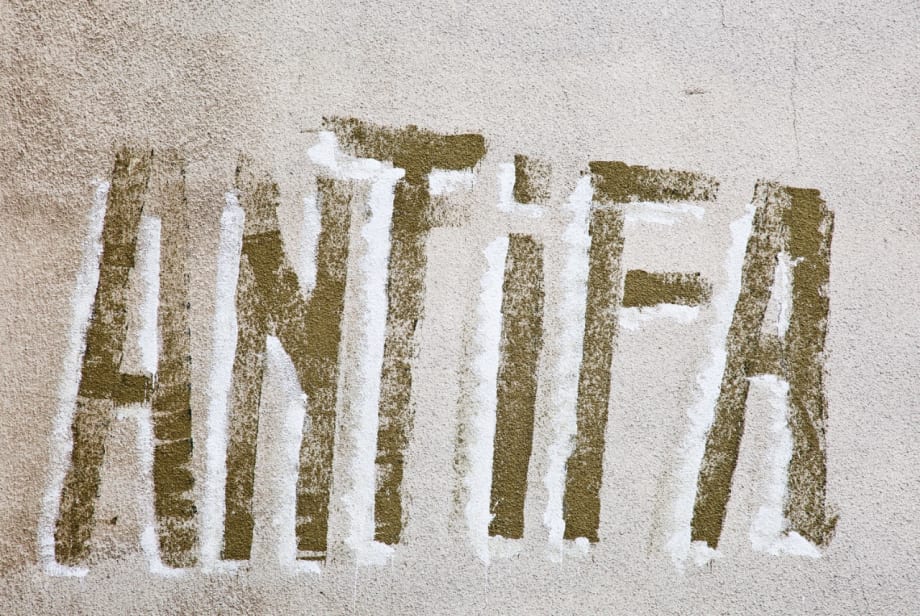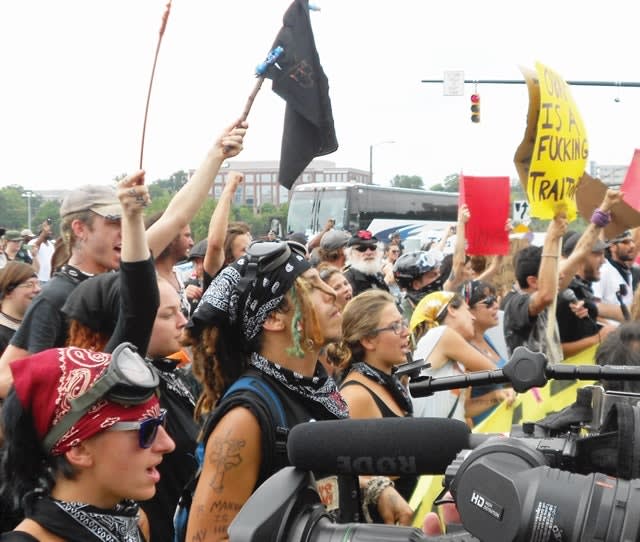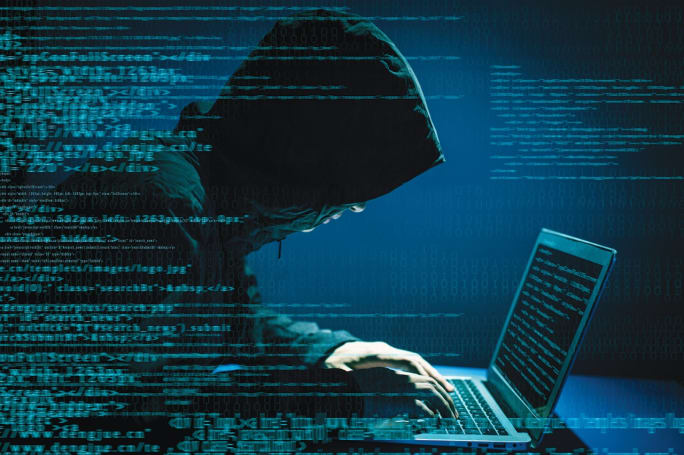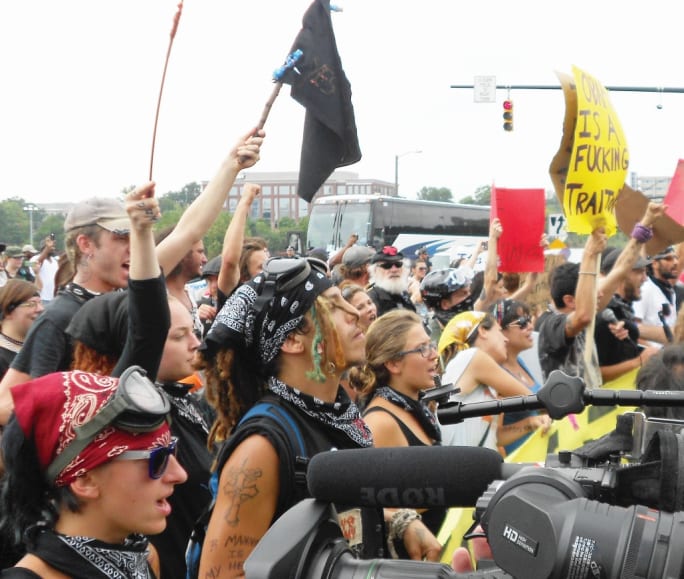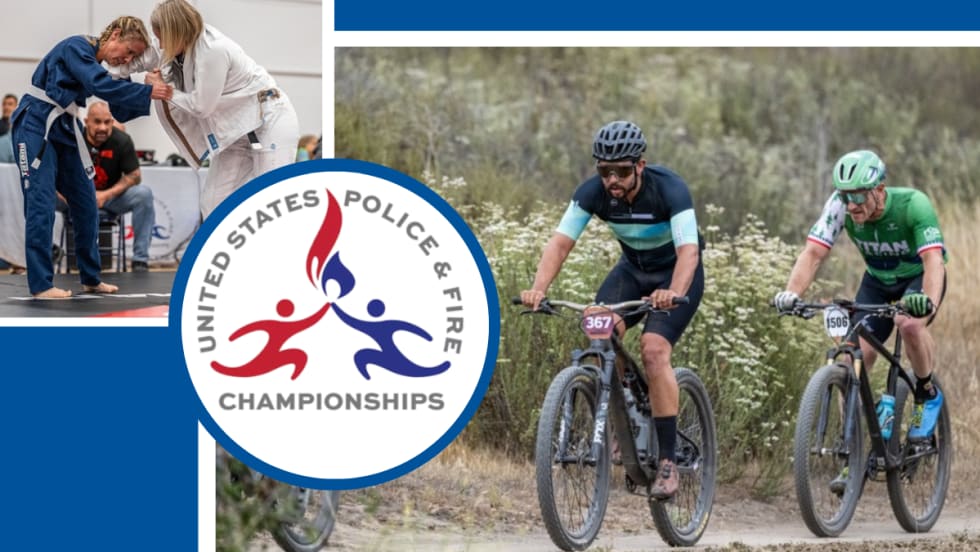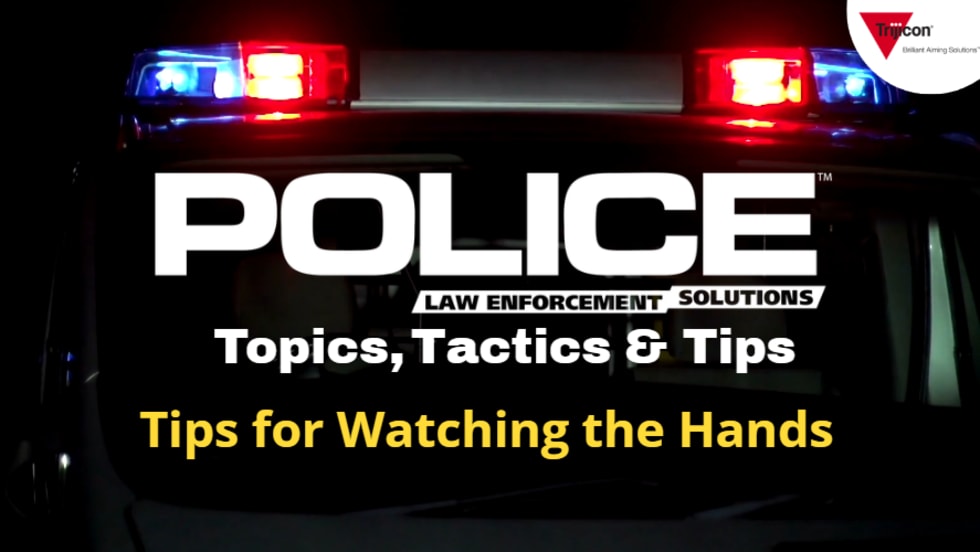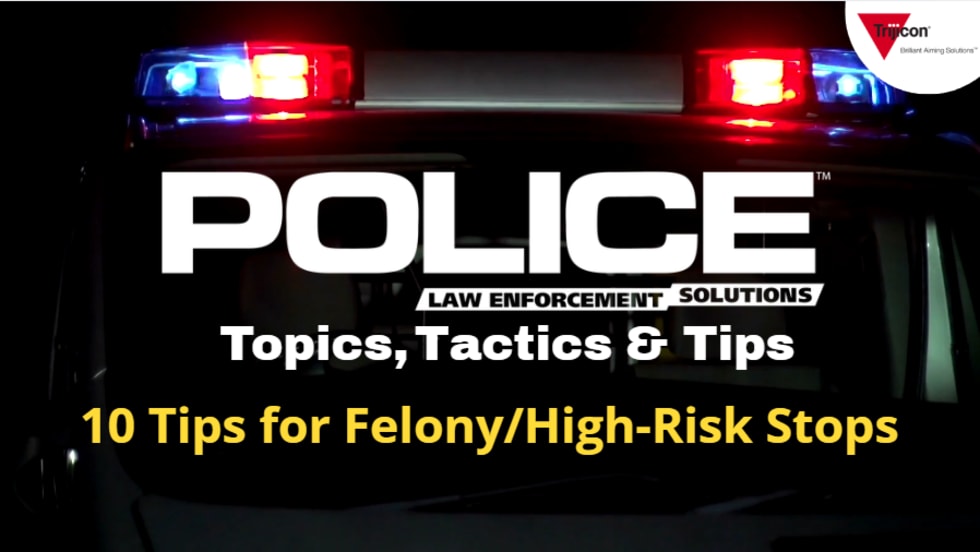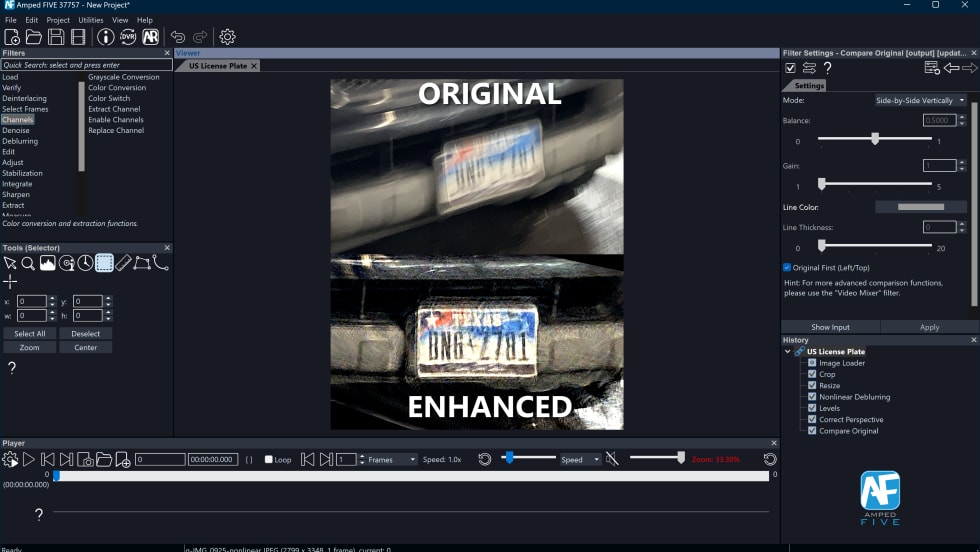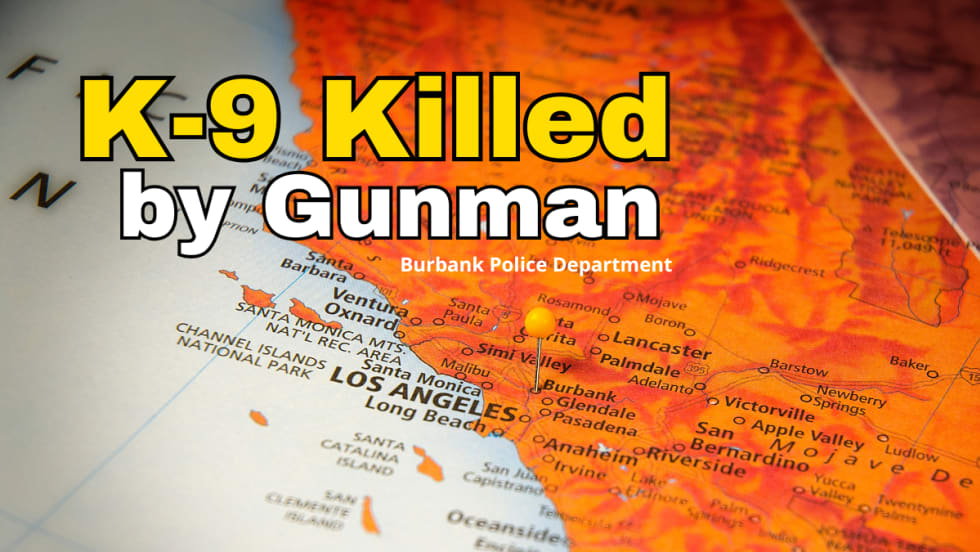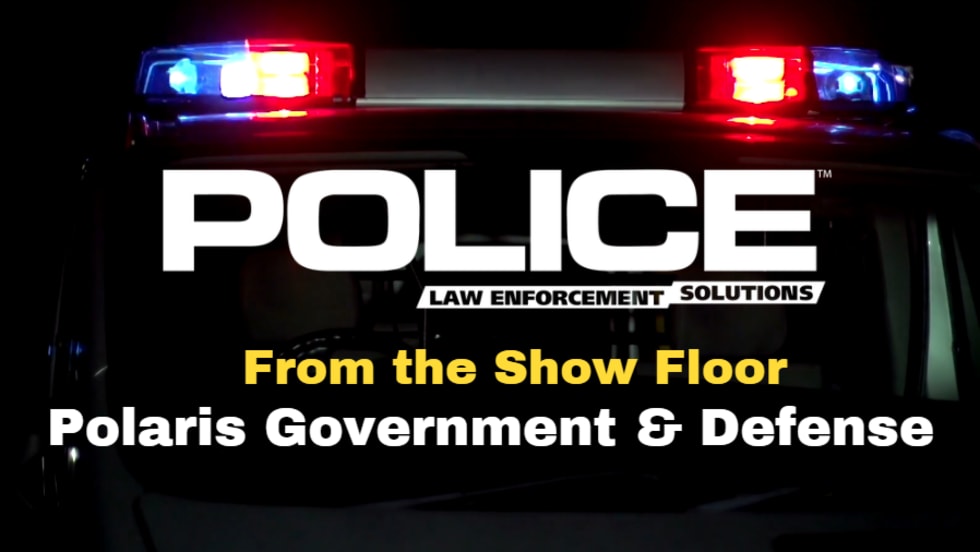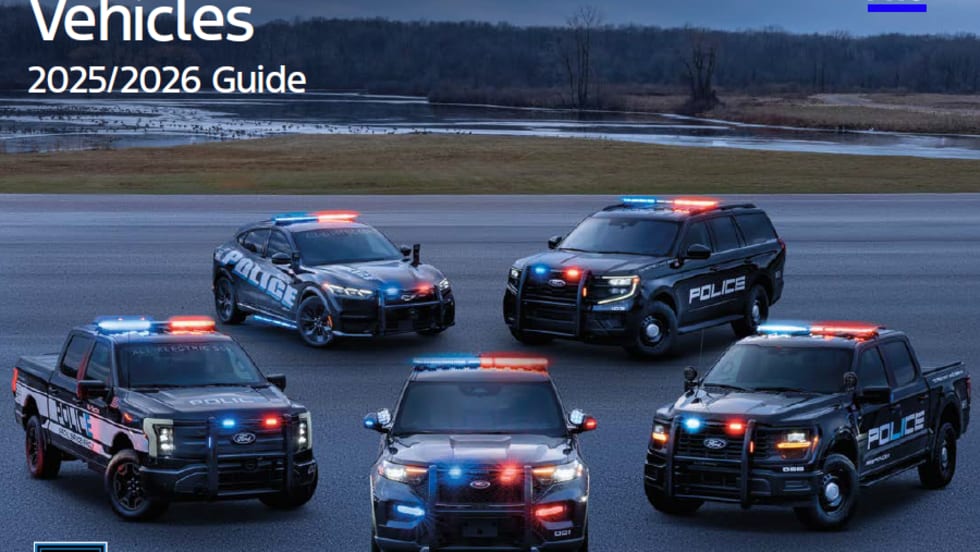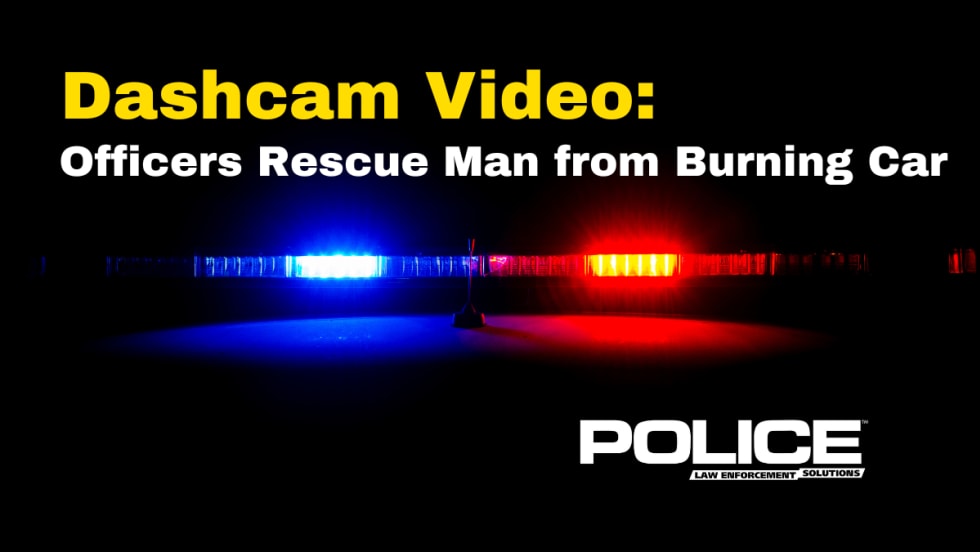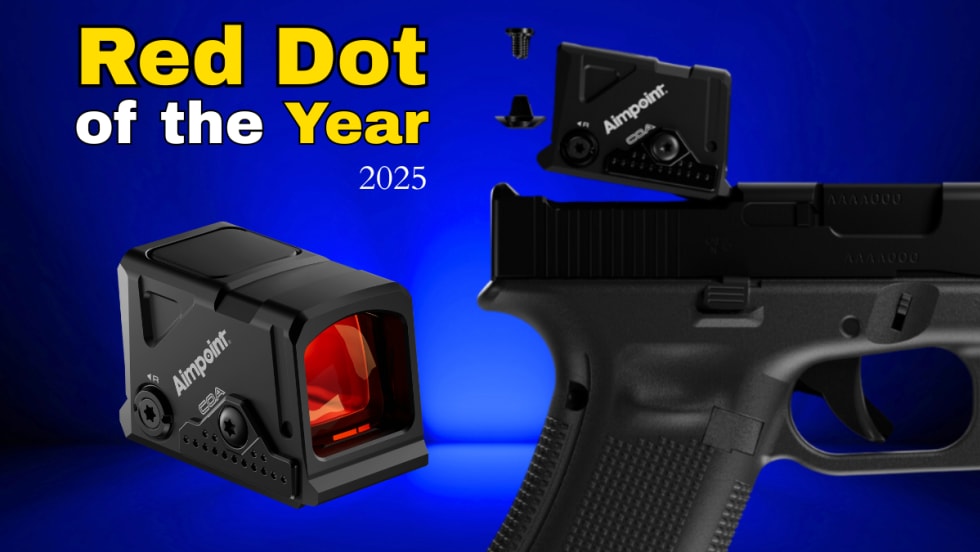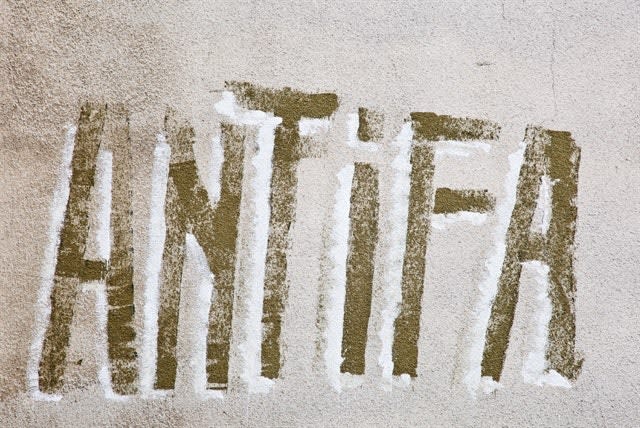
Antifa. Anarchists. Alt-left rioters. Black Bloc. Regardless of their preferred name, these radical groups have recently catapulted into the national spotlight as opportunistic purveyors of violence and destruction, often utilizing high-visibility events such as the speaking engagement of a conservative author at the University of California at Berkeley in February to riot and inflict physical violence and cause thousands of dollars of property damage, utilizing their signature mob chaos and havoc-laden tactics.
From the American political party conventions held every four years and the G8 Summits staged across the globe, to many lesser-known regional protests such as those now roiling over the removal of Confederate monuments, a common and generally violent attendee often rears its ugly head. Antifa, as it is now widely known, is predictable in its tactics and responses. Law enforcement agencies must be informed about the group and its tactics, so they can be prepared to competently execute mass civil unrest strategies to prevent the loss of innocent lives, and the large-scale destruction of property.


